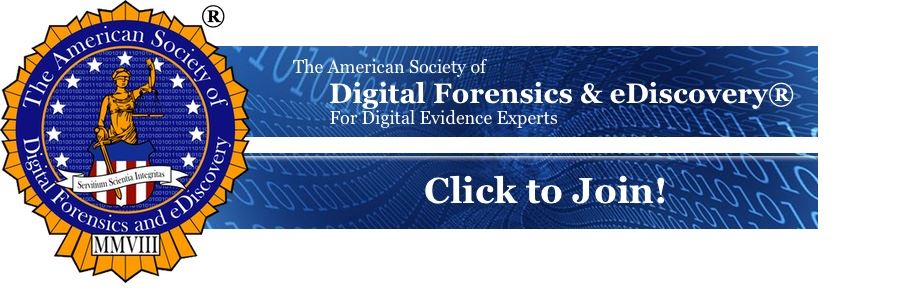-
-
SHA in Computer Forensics
-
SHA in Computer ForensicsIn computer forensics, the Secure Hash Algorithm (SHA) ensures data integrity and authenticity. A hash is a unique numerical value generated from a given data input, such as a file or a message. The hash value, also known as a digest, is a fixed-length output calculated using a mathematical algorithm. The SHA hash algorithm is a family of cryptographic hash functions widely used in computer forensics and other security-related applications. A single file can produce a unique value for the algorithm used. Here is an example of different hashing algorithms used on the same file. SHA1 af09077b96e367feb29ffcad224f0026c0be4b12 SHA256 634aaf1ed8a8ec268242a09e9874ec57ff21f18aaa25ef6021f368f155f1f6d0 In computer forensics, the SHA hash verifies the integrity of a file or a message. When a file or message is hashed, the resulting digest is unique to that specific input. This value makes file identification simple and easy. When this value is on another computer or device, the hash value identifies the file or message as a duplicate. This file deduplication method uses this process. Additionally, this aids in the identification of known operating system files. In addition to these advantages, SHA hash is widely used in computer forensics because it is a relatively simple and fast algorithm to implement. The SHA hash algorithm can be easily integrated into computer forensic tools and software, making it a popular choice for forensic examiners. In computer forensics, a hash collision is a potential issue. A hash collision results when two different inputs produce the same hash value. A hash collision decreases by switching from a SHA1 to SHA256 or SHA512. The greater length decreases the potential of a hash collision. Each hash outputs a different length of data:
Each hash uses a different number of computation rounds to calculate the value:
A common misconception is SHA hash encrypts data. SHA hash algorithm does not encrypt data or protect the data's confidentiality. The hashed file or message algorithm can still be read or understood by anyone with access to the original input. An SHA hash ensures data integrity and authenticity. Forensic examiners use SHA hash to verify the integrity of a file or message, identify and track files or messages, and ensure the authenticity of a file or message. SHA hash is a popular choice for forensic examiners. All three algorithms are commonly used and suitable for different data encryption and authentication types. |
|
